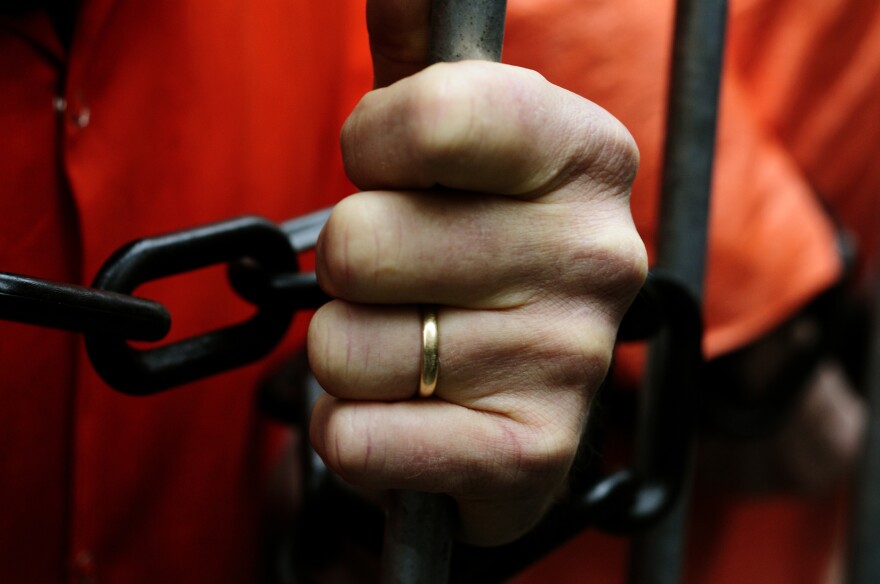The Connecticut Department of Correction suspended in-person visits in late November over coronavirus concerns. But a recent roundup of nationwide research compiled by the Prison Policy Initiative suggests that this policy not only fails to protect incarcerated people and staff from COVID-19, but it actually makes inmates less safe while in prison and hampers their ability to later reenter society.
“What the data show is that when it comes to reentry outcomes, safety inside the prison, mental health, performance in educational programs, both inside and outside prison, family contact is critical,” said Wanda Bertram, a spokesperson for the Prison Policy Initiative in western Massachusetts. “I don’t think that should be that hard for folks to understand, given that we’ve been through almost two years of this pandemic, where most of us haven’t really gotten to see our families that much.”
Bertram says that visitation bans target only one small portion of people who could be bringing the coronavirus into prisons.
“Correctional staff are going in and out of prisons every single day. That’s how the virus is getting into prisons, despite widespread visitation bans,” said Bertram.
Most recent public data show that at least 36% of Department of Correction staff have tested positive once or more during the pandemic, and DOC staff had the lowest vaccination rate of any state department as of Nov. 21.
The DOC said in a statement that it is “prioritizing health and safety” by instituting the visitation ban.
"The Department of Correction recognizes the importance of family connections to the incarcerated population,” said Karen Martucci, the DOC’s director of external affairs. “We are leaning on available tools such as video visitation and a series of free phone calls to maintain these connections.”
An analysis by the Prison Policy Initiative of video visitation systems used at prisons across the country found that video calls do not have the same benefits as in-person visits. The findings suggest that the lack of direct eye contact and visible body language during phone and video calls hinders communication and intimacy-building.
Bertram said that because of this, correctional facilities would be better off allowing visitors but requiring proof of vaccination or a recent negative COVID test.
“We plan to return to in-person visitation as soon as it is safe to do so,” Martucci said in a statement on behalf of Connecticut’s prison system.




